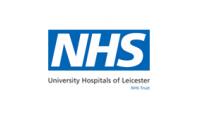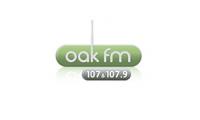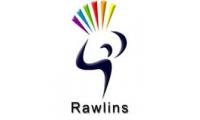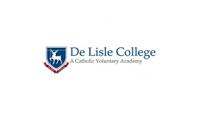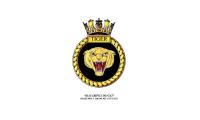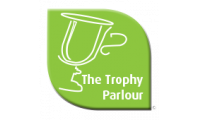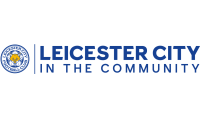SADS Fact of Life
Posted: Mon, 03 Nov 2014
Quick Action Saves Lives!
Sudden Cardiac Arrest Facts:
- It strikes without warning; killing 250 people a day in the UK
- It kills more people than lung cancer, breast cancer and AIDS combined
- It can happen to anyone, even fit and healthy young people ( SADS)
- Together with CPR and defibrillation is the only way to re-establish the hearts natural rhythm.
- Survival rates drop 7 10 % every minute without defibrillation
- CPR is a temporary measure that maintains blood flow and oxygen to the brain. It will not return the heart to a normal rhythm.
- Only defibrillation can return a heart to a normal rhythm.
- Quick action by the first person on the scene can truly make a difference to saving a life
- 12 x young people a week in Britain die from undiagnosed heart problems.
- 600+ young 12-35-years-old a year in Britain die from SADS, sudden arrhythmic death syndrome (adult cot death)
- The majority of deaths related to the condition are the result of undiagnosed irregularities or abnormalities of the heartbeat, which are known as arrhythmias.
Every minute counts to SAVE A LIFE remember your:
DR ABC - Danger,Response, AirwayBreathing and Circulation
Step 1 Danger/ safe approach
Step 2 Response / tap shoulders and ask can your hear me.
Step 3 Shout for Help
Step 4 Airway/head tilt, chin lift
Step 5 Breathing/look, feel, listen if the casualty is not breathing ask someone to call 999. Also ask for a external defibrillator (AED)*.
Step 6 CPR/ hands only, rate 100 to 120 compressions per minute Depth 5-6 cm
Early defibrillation*- Defibrillation is the only way to restart a heart in cardiac arrest
Early advanced care *- After defibrillation, an emergency team provides advanced cardiac care on scene, such as intravenous medication
Chain of Survival represents the sequence of four events that must occur quickly to optimise a persons chance of surviving a cardiac arrest:
- Early access to care
- Early and effective CPR
- Early defibrillation
- Early advanced care
If CPR is started immediately, done effectively (by a trained person with the victim lying flat) and a defibrillator can be got to the victim within eight minutes, the majority of cases could be saved, without brain damage, - Dr Ffion Davies, Consultant in Emergency Medicine at Leicester Royal Infirmary, is the Trusts SADS expert.
A child/young adult should seen by a doctor if she/he has experienced below:
- Family history of unexpected, unexplained sudden death (under the age of 40).
- Do you get unusually short of breath during or shortly after exercise?(not explained by just being unfit!)
- Do you get palpitations (eg, heart racing fast, missing beats, fluttering sensation, irregular pulse rate, thumping sensation in chest)?
- Fainting as a result of emotional excitement/distress/startle?
More information: Community Public Access Defibrillators (CPADS)



